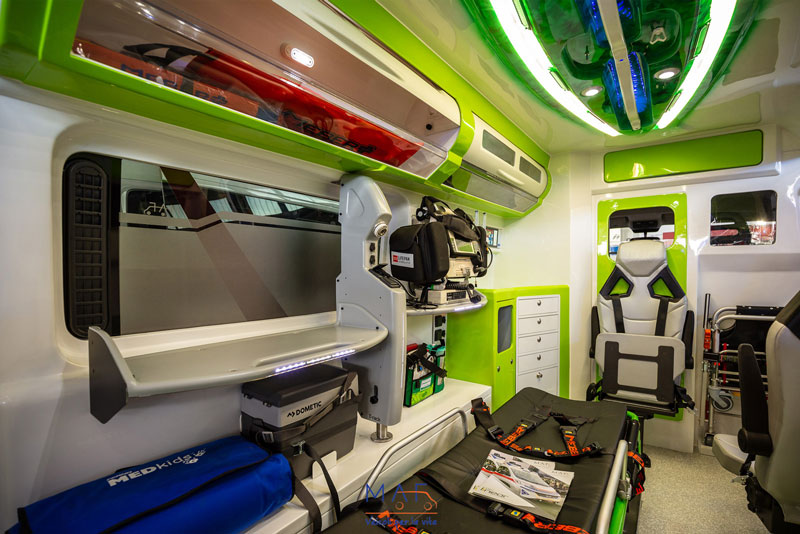Thermoforming Services
Plastic Thermoforming


Plastic Thermoforming is more common than you may think: synthetics are, in fact, the core element of a large part of common-use objects. Our company has been involved in plastic vacuum forming for decades, that’s why we can provide a quite pragmatic overview of plastic materials within the context of the thermoforming process.
We call plastics a wide range of materials based on polymers, which can be partly or fully synthetic.
Plastics have been technically developed starting from the 1930s, and their intrinsic versatility allowed a quite fast spread of plastic objects in daily life. Plastics indeed feature a huge variety of physical and aesthetic properties that manage to suit the needs of several kinds of manufacturing processes, including thermoforming.
Plastics can be divided into two main categories: polymers can, indeed, be defined as thermoset or thermoplastic.
Thermoset plastics are often presented as powder or pellets: the polymers melt because of pressure and heating; once melted, they easily take the shape of the mould.
The main feature of thermoset plastic is that the material resulting from the production process cannot be reused: once the vacuum forming process is finished, you’ll end up with a quite fragile, stiff, and unyielding material.
One of the most widely known thermoset plastics is bakelite: although it’s no longer used in manufacturing processes, bakelite is one of the earliest plastics we know.
The launch of thermoplastic polymers dates back to the 1950s. This kind of plastics immediately appeared more varied and easy to promote. The major advantage of thermoplastics is their reusability, even though some features can be weakened through the manufacturing process. These polymers can count on almost countless physical and aesthetic features.
Just like thermosets, thermoplastics are presented in the form of powder or pellets. Once melted, the plastic assumes its shape by going through moulds, extruders, and rolling mills.
The result of vacuum-formed thermoplastic is a strong material that can resist friction while maintaining its elasticity and chemical resistance.
Thermoforming Our specialty
Range of materials in thermoforming production
Thermoplastics are the only polymers involved in plastic thermoforming processes – both vacuum or injection. The most common thermoplastics we can see in everyday use objects are ABS, Polyethylene, and Polypropylene.
Most everyday items are made of thermoplastic: household appliances, electronic equipment, personal and home accessories are produced out of thermoplastics, as also cars and urban design furniture.
There are other less-known acronyms that conceal extremely popular materials, widely used on account of their specific features. Polycarbonate, for example, presents a widespread use in constructions, due to its transparency and UV resistance.
Other thermoplastics are equally appreciated because of friction and wear resistance: that’s the case of Delrin and Teflon, which are widely used in the manufacturing of food and medical equipment due to their excellent durability in the presence of chemical and abrasive products.
All plastics can be processed with different technologies, all of which involve pressure and high temperatures. The process of lamination, for example, allows for sheets of different thicknesses and lengths; extrusion, on the other hand, makes it possible to obtain several kinds of shapes.
The most widespread technology among plastics industrial processes is thermoplastics injection molding. This process involves a two-stage press: while melting in the first stage chamber, the material is pushed by a high-pressure screw towards the second stage – which is the proper mold. Here the workpiece takes its ultimate shape.
To get an idea of the pressure level needed in the injection molding process, it can range from a few thousand kilograms to over 500 tons. This kind of manufacturing process takes advantage of high levels of automation: the operator input is almost unnecessary, so the main process can be very fast.
Injection molding is perfect for big series production and for the manufacturing of workpieces that don’t need further adjustments. Machinery and equipment are quite expensive, though.
Plastics in vacuum forming
We mentioned above the process of lamination, during which the plastic polymers powder (or pellets) is transformed into sheets: that’s one of the primary processes in thermoforming, for it’s the one giving vacuum forming its proper material – the plastic sheets.
Vacuum forming is indeed a secondary process, which starts from a previously processed material. As one can easily guess from its name, thermoforming is a process that can shape, or deform, something with the application of high temperatures.
If a plastic sheet is heated to a temperature that is lower than the melting point but still warm enough to make the sheet blend, then we can operate on the workpiece and make it transform into a three-dimensional shape.
The former lack of details, typical of injection molding, is here resolved by applying the vacuum: through air extraction, the plastic sheet is forced to perfectly adhere to its mould, taking its shapes in detail.
The result of a vacuum forming process is then a deformed plastic sheet which has to be – manually or via CNC – separated from the remaining plain sheet. This manufacturing technology is suited for small series productions. The machinery and equipment costs are significantly lower if compared with injection molding.
LMP is a vacuum forming specialist who can boast over 30 years of experience in plastics and fiberglass industrial processing. Since the late-70s our company philosophy is based on a close cooperation relationship with the clients, involving their needs and intentions in the whole production process.
We’ve grown old though, so we set up a classic contact form for you to reach us!
